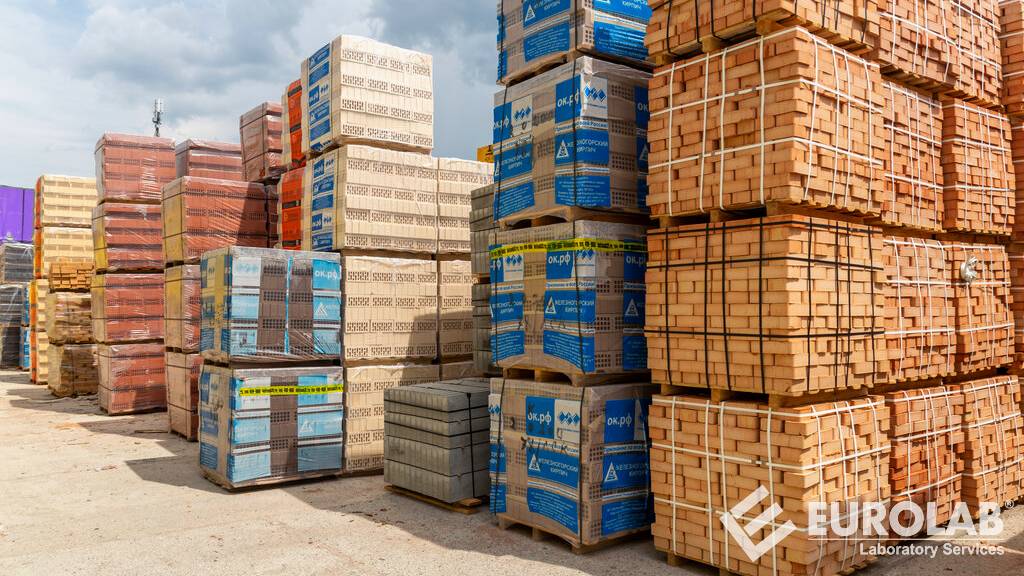

Developed by the American Test and Materials Association (ASTM), the ASTM E84 standard is a fire test standard for the comparative surface burning behavior of building materials. This test method can be applied to exposed surfaces such as walls and ceilings. The tests are applied face down to the ignition source to be evaluated, with the sample in the ceiling position. The material, product or assembly must be able to be mounted in the test position during testing. Therefore, the specimen must either be self-supporting by its structural quality and held in place with supports added along the test surface or fixed from the back.

The full name of this standard is as follows: ASTM E84-21 Standard test method for surface burning characteristics of building materials.
The test method described in this standard is a 10-minute fire test method. In contrast, the test method or apparatus used for this standard should be tested against other test methods that have applications or variations. Namely,
The purpose of the ASTM E84 test method is to observe the flame propagating through the sample and to determine the relative combustion behavior of the material. Flame spread and smoke generation index is reported as a result of the test. However, there is not necessarily a relationship between these two measurements.
The use of supporting materials on the underside of the test sample has the ability to lower the flame spread index from those that would be obtained if the sample could be tested without such support. These test results need not be related to indices obtained by testing materials without such support.
Testing materials that melt, drip, or delaminate in such a way that the continuity of the flame front is disrupted results in low flame spread indices that are not directly related to the indices obtained by testing materials that remain in place.
This standard is used to measure and describe the reaction of materials, products or assemblies to heat and flame under controlled conditions. However, it alone does not contain all the factors required for fire hazard or fire risk assessment under real fire conditions of materials or products.
By the way, this standard does not claim to address all safety concerns for use. It is under the responsibility of the persons performing these tests to establish appropriate safety, health and environmental practices and to determine the applicability of regulatory restrictions prior to use. In addition, fire tests are dangerous in nature and every precaution should be taken to protect the employees and the working environment in the execution of these tests.
In short, the purpose of the test method presented in the ASTM E84 standard is to provide comparative measurements of only surface flame spread and smoke density measurements with selected class red oak and fiber-cement board surfaces under certain fire exposure conditions.
In this test method, a nominal 7,32 m long and 508 mm wide specimen is subjected to a controlled flow of air and flame fire adjusted to spread the flame over the entire length of the selected grade red oak.
However, with this test method, heat conduction across the tested surface is not detected. The effect of an assembly on increasing the flame spread behavior resulting from the proximity of flammable walls and ceilings is not detected. In addition, a material itself is not classified or defined as non-flammable by means of a flame spread index.
Our organization provides ASTM E84 test services to demanding enterprises within the framework of national and international standards, with a trained and expert staff and advanced technological equipment, among numerous testing, measurement, analysis and evaluation studies.
To get an appointment, to get more detailed information or to request an evaluation, you can ask us to fill in our form and reach you.